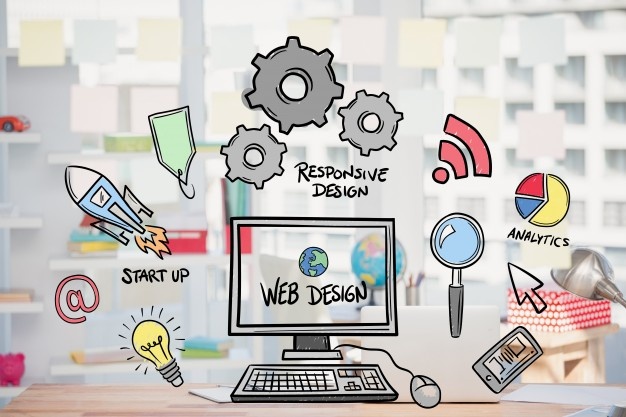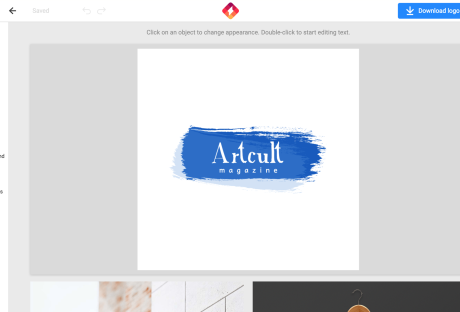As a small business owner, you may feel like you need to do everything at once. Build your site, generate great content, advertise, keep up with search engine algorithms, learn who your audience is, learn who your competition is – and on and on that list goes. At these stressful moments, it is important to step back and remember the adage “slow and steady wins the race”. Your business wasn’t built overnight, and neither will your digital marketing be.
The key to effectively marketing your small business is knowing where to put your efforts first. Website design is one of the most important elements of that and is a great place to start. Once you have the basics of your web design ironed out, you can do more work here and there to complete your digital marketing strategies over time.
Not sure where to start? Our Nashville web designers offer six tips for getting started.
SEO Website Design Tips for Small Businesses
1. Learn how Google Crawls Your Site
As you are building your website and planning for your future in digital marketing, it is important to understand how Google crawls your site. That means understanding what it is that Google looks for on websites when they rank them in search engine results. Google’s algorithms change routinely, but there are a few concepts that are always the same – such as SEO and website design.
When ranking websites, Google looks at factors like:
- Utility and usability (user-friendliness, page load speed, graphics loading, etc.)
- Content (quality long-form content)
- Long-tail keywords
- Related key terms
- Backlinks
- Internal linking strategy
- Optimized media
2. Choose a Clean and Simple Layout
As you get started with website design, one of the best ways to start is by choosing a clean and simple website layout. You want users to be attracted to your site and engaged with it, but you don’t want it cluttered or distracting. Choose a design that speaks to your brand and mission. Choose a color scheme that matches your logo and branding. Make sure your font is easy to read. Use the same template style for all pages.
3. Make Sure Your Site Performs
Yes, Google crawls and ranks based on SEO, but they also crawl and rank based on performance. That means you should make sure your site is optimized for fast page load speed, mobile use, and image speed. If your site only works on a computer, you will lose an endless number of possible mobile users.
4. Use a Consistent Layout and Formatting
Web design is just one aspect of building your brand. You should make sure that your website layout and formatting is consistent with other marketing materials, such as social media. Being consistent helps you establish your brand and makes you easily recognizable to customers from various platforms.
5. Use Every SEO Opportunity
Search engines match up results with websites based on their optimization and relevance to the search term. That means you should use every SEO opportunity you have. That means including your keyword in the page title, meta description, and URL. If your page is titled “Best Dog Toys”, your meta description should include that phrase, and your URL should be something akin to www.yoursite.com/best-dog-toys.
6. Add Alternative Text on Your Images
Alternative text, or ALT text, is an SEO tactic that seems small but can have big results. When you add an image to your webpage, you will have an option to add ALT text or an ALT tag. You want to put your keyword in that box so that search engines know that your image also links to your keyword for the page. Your images are indexed just like content.
Put It All Together
As you can see, there are many aspects to web design. For a small business, one of the best things you can do is to make a plan for where you will start and what goals you want to accomplish here and there. By using these six tips as you build your website, you will have a solid foundation for your digital marketing that will last a long time. For the latest trends and challenges in SEO click: https://whitepeak.io/
Read Also:






















